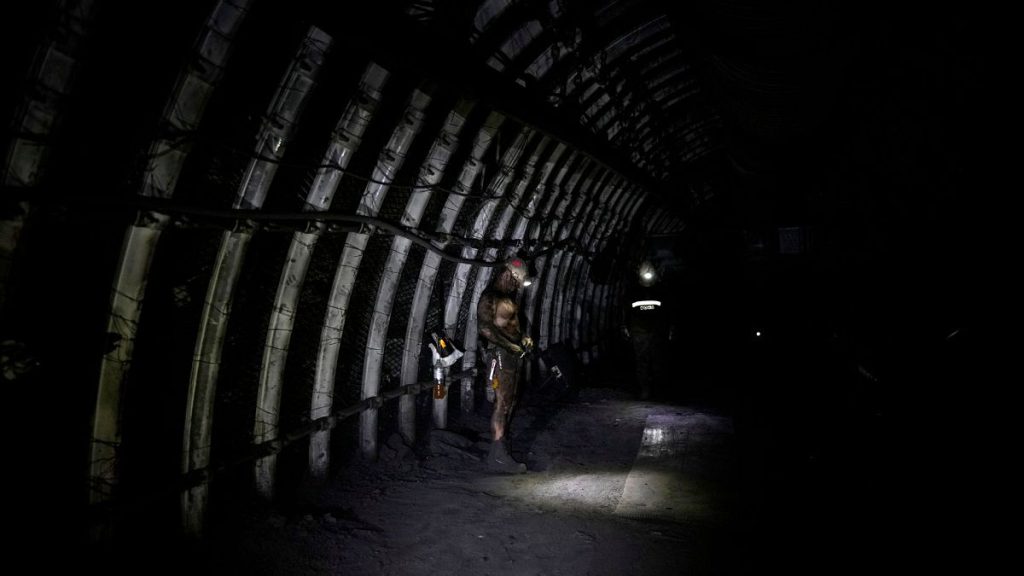The tranquility of a Monday evening in northeastern Slovenia was shattered by a devastating mining accident in the town of Velenje. Water surged into a coal mine operated by the state-owned Slovenske Elektrarne Group, trapping three miners. One miner tragically lost his life, while two others remained missing, their survival deemed unlikely by mine director Marko Mavec. The influx of water and the subsequent accumulation of silt significantly hampered rescue efforts, compounding the tragedy. The cause of the incident remains unknown, prompting Slovenian President Nataša Pirc Musar to call for a comprehensive investigation to prevent similar occurrences and ensure miner safety in the future.
The Velenje mine, a vital source of lignite and brown coal, primarily supplies the Šoštanj thermal power plant, Slovenia’s sole remaining coal-fired power station. This incident underscores the inherent risks associated with underground mining operations, particularly in environments where water ingress poses a constant threat. The potential for sudden inundation, coupled with the challenging conditions created by accumulated silt, highlights the vulnerability of miners working deep beneath the surface. The accident serves as a stark reminder of the need for stringent safety protocols and continuous monitoring to mitigate these dangers.
The uncertainty surrounding the cause of the water influx further emphasizes the importance of a thorough investigation. Determining the source of the breach, whether it be geological instability, equipment malfunction, or human error, is crucial for implementing corrective measures and preventing future tragedies. The investigation must encompass a comprehensive assessment of the mine’s infrastructure, operational procedures, and safety protocols to identify any weaknesses that may have contributed to the accident. This will not only provide answers to the grieving families and the community but also help to prevent similar incidents in other mining operations across the country.
This tragic incident is not an isolated event in the history of the Velenje mine. In 2003, two miners perished in a pillar collapse, underscoring the inherent dangers of this particular mining operation. The mine employs a unique extraction method known as the “Velenje method,” developed in 1947. This method involves extracting coal at depths exceeding 500 meters and relies on the natural forces of breaking and crumbling of the coal layer above the supported area. While this method may offer certain advantages in terms of resource extraction, it also presents significant challenges in maintaining structural integrity and ensuring worker safety.
The “Velenje method,” while potentially contributing to the mine’s productivity, may also pose unique safety risks. The reliance on the natural fracturing of the overlying coal seam could create unpredictable instabilities, increasing the risk of collapses and water ingress. A thorough investigation must consider the potential role of this specific mining technique in the current accident. Evaluating the long-term stability of the mine and the adequacy of existing safety measures specific to the “Velenje method” is crucial for mitigating future risks and protecting the lives of the miners.
The accident at the Velenje mine serves as a tragic reminder of the inherent dangers faced by those working in the mining industry. It highlights the necessity of robust safety regulations, meticulous adherence to protocols, and continuous improvement in mining practices. The investigation into this incident must be comprehensive and transparent, providing valuable lessons not only for the Velenje mine but also for the broader mining community. The goal should be to create a safer working environment for miners, preventing future tragedies and ensuring the well-being of those who dedicate their lives to extracting the resources that power our world.














